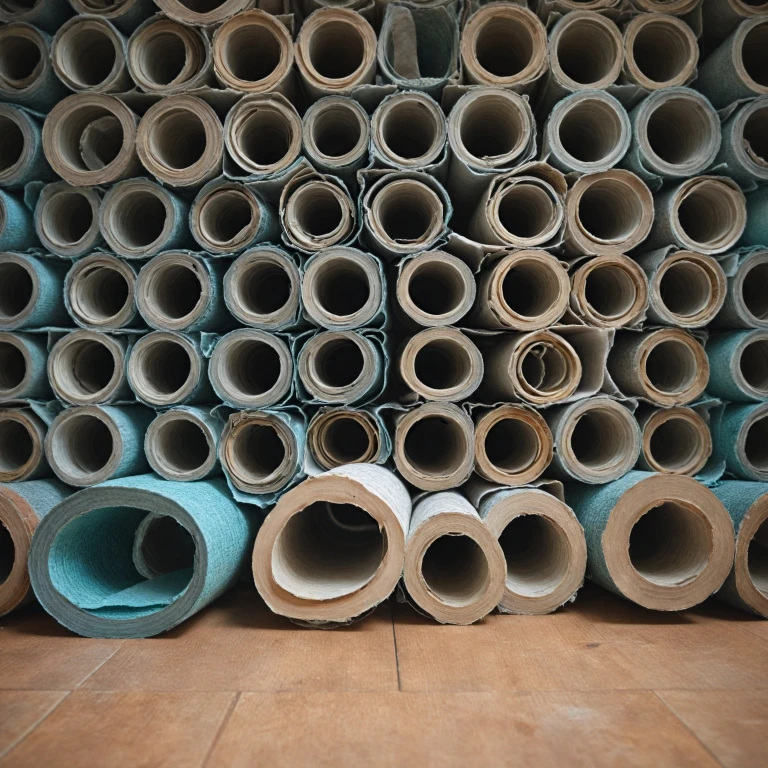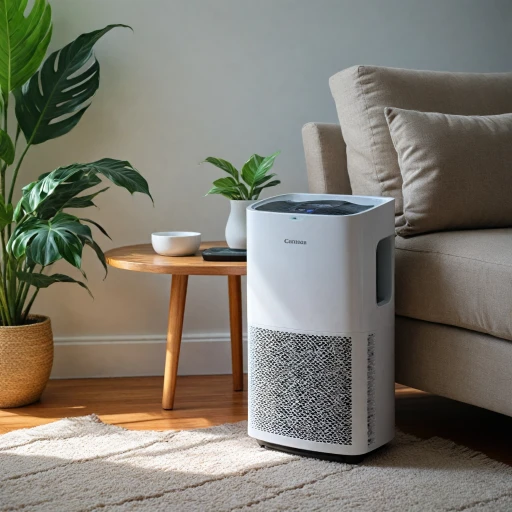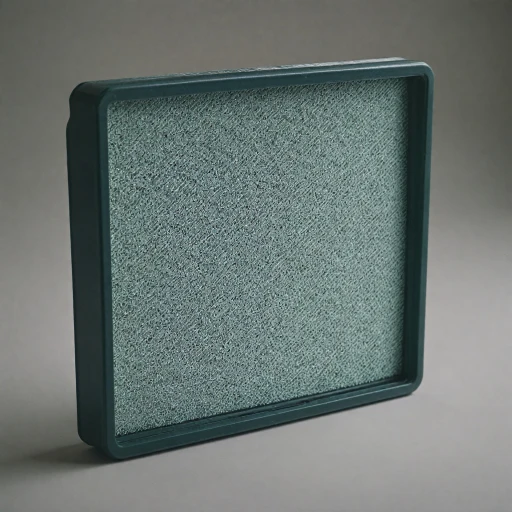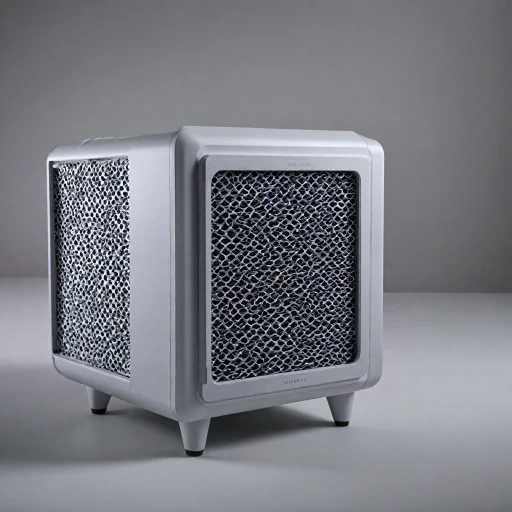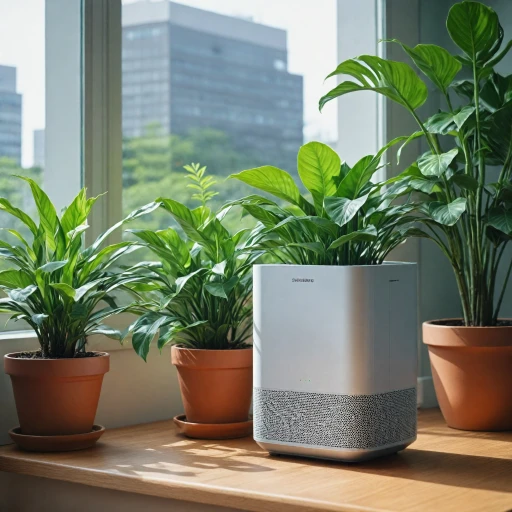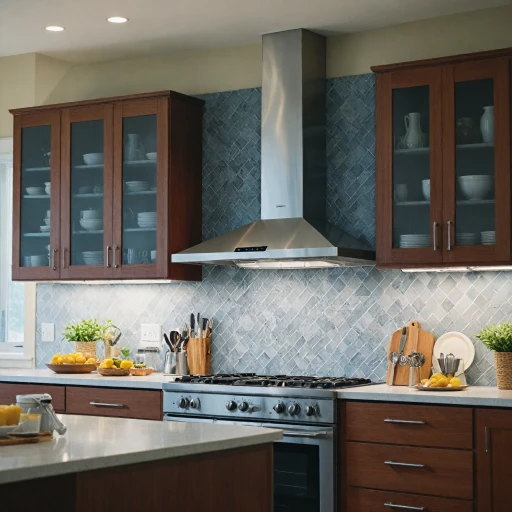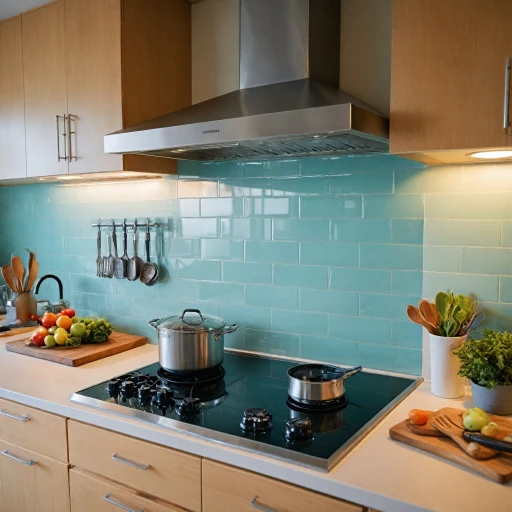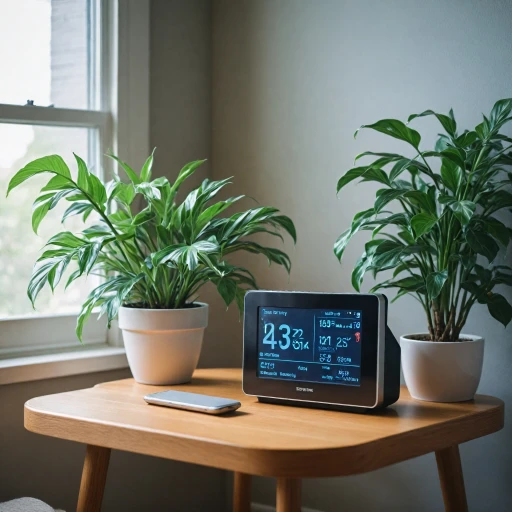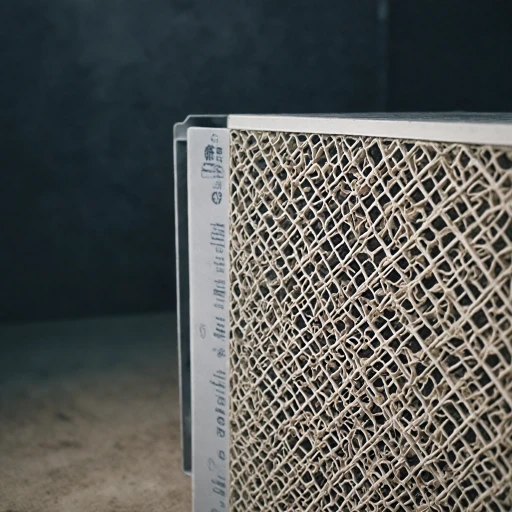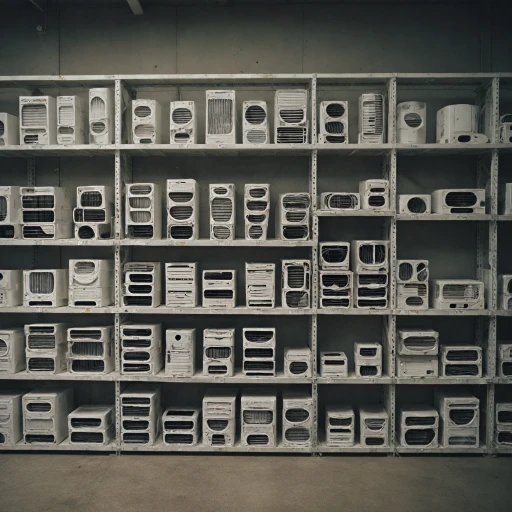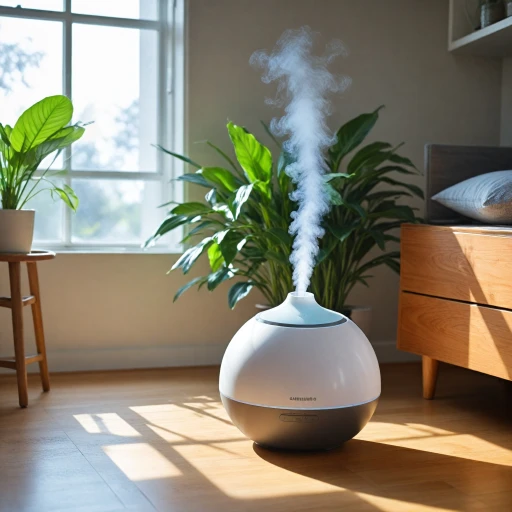
The Basics of Filter Media Rolls
Dissecting the Filter Media Roll Fundamentals
Filter media rolls form a crucial component of air purifiers, acting as the frontline defense against pollutants. These rolls come in various materials, each designed to tackle specific contaminants. A typical filter media combines layers of materials like fiberglass or polyester, which catch and hold particles, improving air quality significantly.
Choosing the right media roll depends on several factors, such as the nominal width of the filter requirements, the MERV rating of the media, and your HVAC furnace system's compatibility. Products often come in a variety of colors like blue and white, indicating different properties or layers. For instance, blue white filter rolls are popular choices in particular setups.
For those looking to replace or maintain their filters, understanding the differences between hog hair, paint, or dry tackifier types can lead to better air quality results. Filter types such as MERV polyester and fiberglass filters vary in efficiency and should be selected based on required air purity levels.
Exploring an overview of air filter roles offers more insight into the importance of selecting the right filter media roll for specific applications.
Types of Filter Media Rolls
Varieties of Filter Media Rolls
Filter media rolls are a critical component of air purifiers, especially when considering their functionality and efficiency in capturing particulates. By comparing the different types of media rolls, you can make an informed decision based on your specific needs and the environment in which they will be used.
Many filter rolls feature materials such as polyester and fiberglass. Polyester air filters, particularly those rated with a MERV (Minimum Efficiency Reporting Value) scale, are known for their durability and effective particulate capture. On the other hand, fiberglass filters are more cost-effective, making them a popular choice for many HVAC systems. These rolls often come in nominal size ranges to fit various air purifiers.
Media rolls can also feature different color schemes and features, such as blue and white layers to differentiate between materials that trap particulates and those meant for structural support. These dual-layer filters are excellent for situations where both strength and efficiency are required. Additionally, some filter rolls employ specific attributes like the dry tackifier, which enhances dust holding capacity without adding bulk or weight.
For applications involving high dust or debris levels, such as in industrial or heavy-duty HVAC furnace systems, hog hair and media pads offer a robust solution. These media pads can often be customized with additional features like paint pads and dry tackifier layers for increased performance.
Choosing the right filter media roll depends on various factors, including the environment it's used in, the specific air quality goals, and the system it's intended for. For more information on sourcing air filters efficiently, you might consider buying in bulk to ensure a steady supply while optimizing costs.
How Filter Media Rolls Improve Air Quality
The Influence of Filter Media Rolls on Air Quality
The enhancement of air quality through the utilization of filter media rolls is a process grounded in the effective capture and reduction of airborne impurities. These rolls play a pivotal role in maintaining environmental purity by filtering out contaminants and ensuring cleaner air. The efficiency of filter media rolls largely depends on their composition and structure. Filter rolls, composed of materials like polyester and fiberglass, are designed to trap particles of varying sizes. For example, a polyester air filter roll can effectively ensnare both fine and coarse particulates. On the other hand, fiberglass filter roles are renowned for managing larger particulate matter, often found in HVAC systems. The media rolls create a physical barrier that captures pollutants and enhances air quality. One important metric to consider is the MERV rating, which measures a filter's ability to capture particles. A higher MERV polyester filter is more efficient at trapping smaller particles. As these rolls compare in efficiency due to the MERV rating, they contribute distinct advantages to indoor air quality, such as mitigating allergens and impurities. Furthermore, the addition of substances like dry tackifier to certain rolls amplifies their pollutant-trapping capabilities. This additional adhesive layer aids in holding captured particles within the rolls, reducing the chance of re-contaminating the air. Air filters that integrate these advanced features, like polyester media rolls, ensure a steady improvement in air quality, making them indispensable in environments that prioritize respiratory health. Choosing the right filter media roll is crucial as it involves matching the media roll's capabilities to your specific air quality needs, ensuring that the desired level of particulate capture is achieved for a healthier living environment.Choosing the Right Filter Media Roll for Your Needs
Identifying the Right Filter Media Roll for Your Air Purifier
Choosing the right filter media roll is crucial for optimizing your air purifier's performance. With various options available, it's important to understand your specific needs and how different types of media rolls can meet them. Here's a guide to help you make an informed decision.
- Consider the MERV Rating: The Minimum Efficiency Reporting Value (MERV) rating indicates a filter's ability to capture particles. Higher MERV ratings mean better filtration but can also restrict airflow. Balance your need for clean air with your HVAC system's capacity.
- Material Matters: Filter media rolls come in various materials like polyester, fiberglass, and hog hair. Polyester air filters are durable and resistant to moisture, while fiberglass options are more affordable but less efficient. Consider what best suits your environment.
- Size and Fit: Ensure the filter roll matches the nominal dimensions of your air purifier. Check the width and length to avoid gaps that could let unfiltered air pass through.
- Application Specifics: If you're dealing with specific pollutants like paint fumes or require a dry tackifier, select a filter designed for those conditions. Specialized media pads can enhance performance in targeted applications.
- Color Coding: Some filters are color-coded, like blue and white polyester filters, to indicate their specific uses or efficiency levels. This can be a quick reference when comparing products.
By carefully considering these factors, you can select a filter media roll that not only fits your air purifier but also enhances its ability to improve air quality effectively. Regular maintenance and timely replacement, as discussed in other sections, will ensure your system continues to perform optimally.
Maintenance and Replacement of Filter Media Rolls
Keeping Your Filter Media Rolls in Top Condition
Regular maintenance and timely replacement of filter media rolls are vital to ensure the efficiency and longevity of your air purifier. Neglecting these steps can lead to decreased air quality, increased energy consumption, and potential damage to your HVAC systems. When it comes to maintaining your filter media rolls, here are some things to consider:- Routine Inspection: Regularly check the condition of your filter media rolls. Look for any signs of wear and tear, obstruction, or discoloration. Common materials like polyester and fiberglass can show dirt accumulation, which indicates the need for a clean or change.
- Schedule for Replacement: Filter rolls, such as those made from MERV fiberglass or polyester, should be replaced according to the frequency recommended by the manufacturer. Generally, this could range from every one to three months depending on usage, environmental conditions, and the type of filter roll used.
- Comparing Brands and Products: Some brands offer better longevity due to more durable materials. For instance, polyester air filters are known for their strength and longer lifespan compared to hog hair or fiberglass variants. Always compare and list products that meet your specific air quality needs.
- Environmental Considerations: Responsible disposal of used filter media rolls is important. Check if your product is recyclable or if the manufacturer offers a recycling program. Products with dry tackifier or paint components might have specific disposal instructions.
- Understanding Your HVAC System: Know your HVAC filters, and verify that the nominal width matches your HVAC furnace specifications. Some systems may have specific needs, such as blue or white media pads, which can affect airflow and filtering efficiency.
Environmental Impact of Filter Media Rolls
Considering the Environmental Impacts
When evaluating filter media rolls for air purifiers, it's essential to consider their environmental impact. Eco-friendliness can vary significantly among filter types, depending on factors such as material composition and disposal requirements.- Material Choice: Some filter media, like fiberglass and polyester, have varying levels of environmental friendliness. Fiberglass filter rolls, often used in hvac systems, can be more challenging to recycle. In contrast, polyester air filters or media pads are increasingly designed with recyclability in mind, making them a more sustainable choice.
- Durability and Longevity: The longevity of a filter media roll impacts its environmental footprint. Longer-lasting filters reduce waste, and high MERV-rated options, like MERV polyester filters, can efficiently capture particles while offering a longer service life.
- Recyclability and Disposal: With awareness on the rise, many manufacturers are producing filters with recyclable materials. Proper disposal and processing can lessen the environmental burden significantly. Some organizations accept used filters for recycling, although availability can vary by region.
- Manufacturing Process: Consider the manufacturing process, which affects the overall sustainability of the product. Manufacturers that prioritize eco-friendly practices in the production of filters, such as energy-efficient processes and minimal use of hazardous chemicals, contribute to greener filter options.
- Innovations in Sustainability: The industry is evolving with innovations aimed at reducing the environmental impact of filters. For instance, the addition of dry tackifiers or advancements in media technology like hog hair media rolls and media pads can enhance filter lifespan, reducing waste.
